26th April 2025
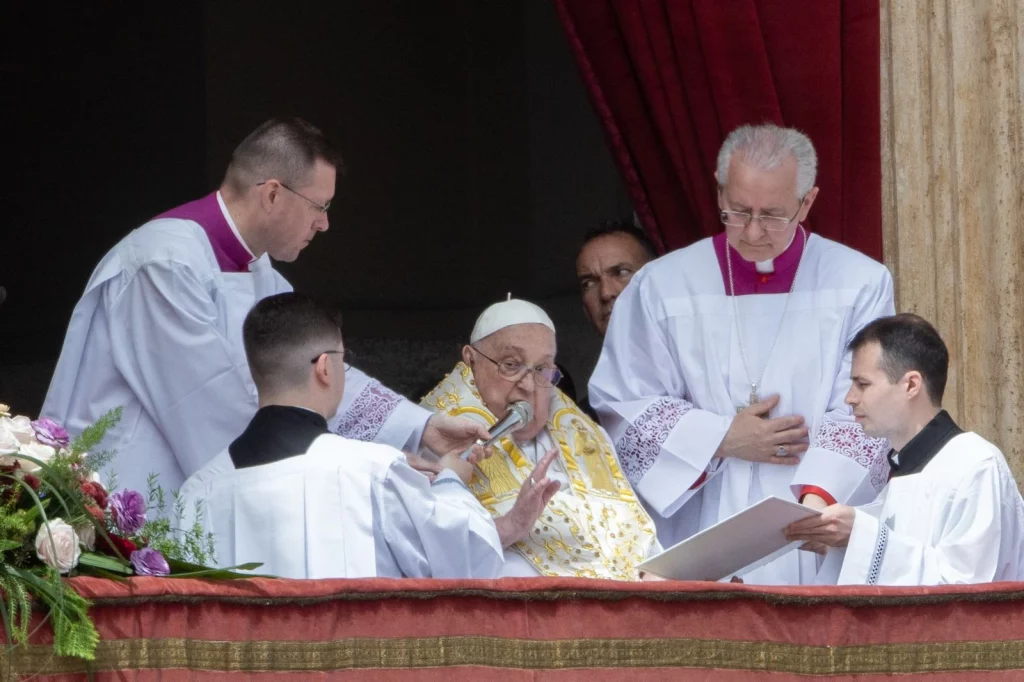
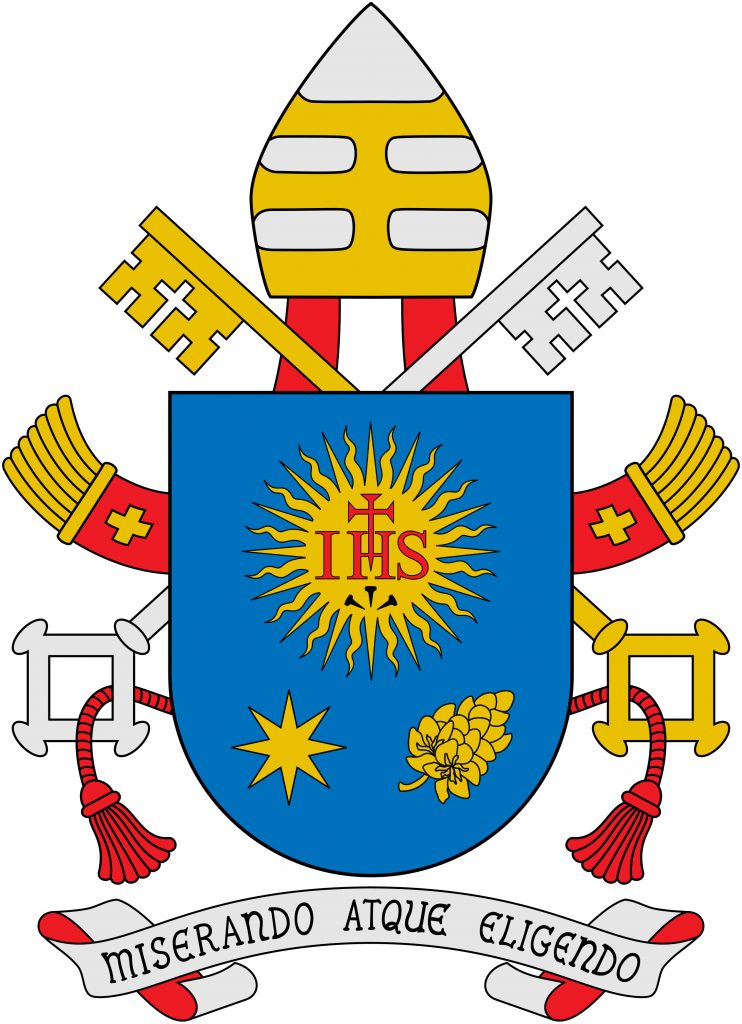
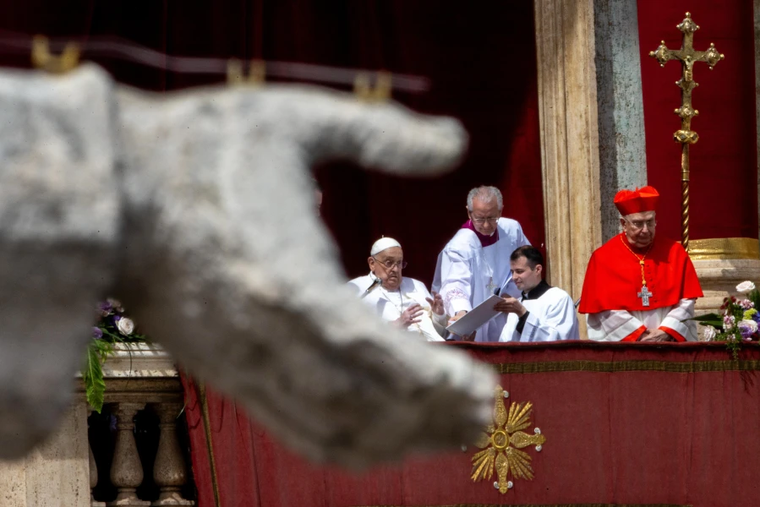
*On 21 April 2025 (Easter Monday) Pope Francis died at the age of 88 at Domus Sanctae Marthae in Vatican City. His death was announced by Cardinal Kevin Farrell, the Camerlengo, in a broadcast by Vatican Media and in a video statement at 09:45 on the same day. Francis had served as pope, the head of the Catholic Church, for twelve years since his election on 13 March 2013. He was the second pope to die in office in the 21st century, after John Paul II in 2005.
Francis’s death followed a five-week stay in hospital a month earlier, where he suffered from a respiratory tract infection and double pneumonia. The cause of his death was officially registered as a stroke followed by irreversible cardiac arrest.
Francis’s Requiem Mass was celebrated on 26 April, five days after his death, and he was buried at Santa Maria Maggiore.
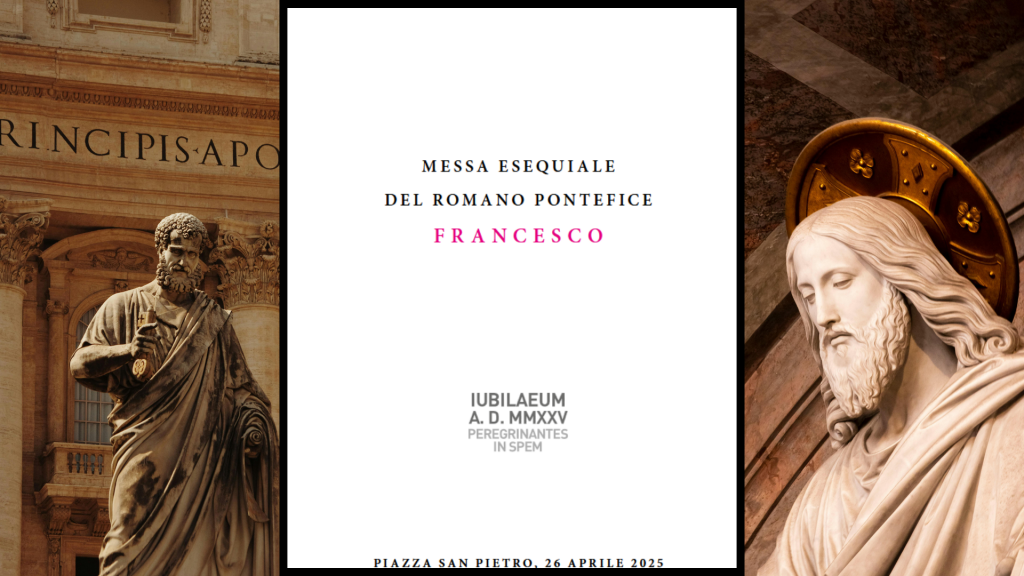
Pope Francis’ funeral Mass details published in full
https://www.vatican.va/news_services/liturgy/libretti/2025/20250426-libretto-esequie-sepoltura.pdf
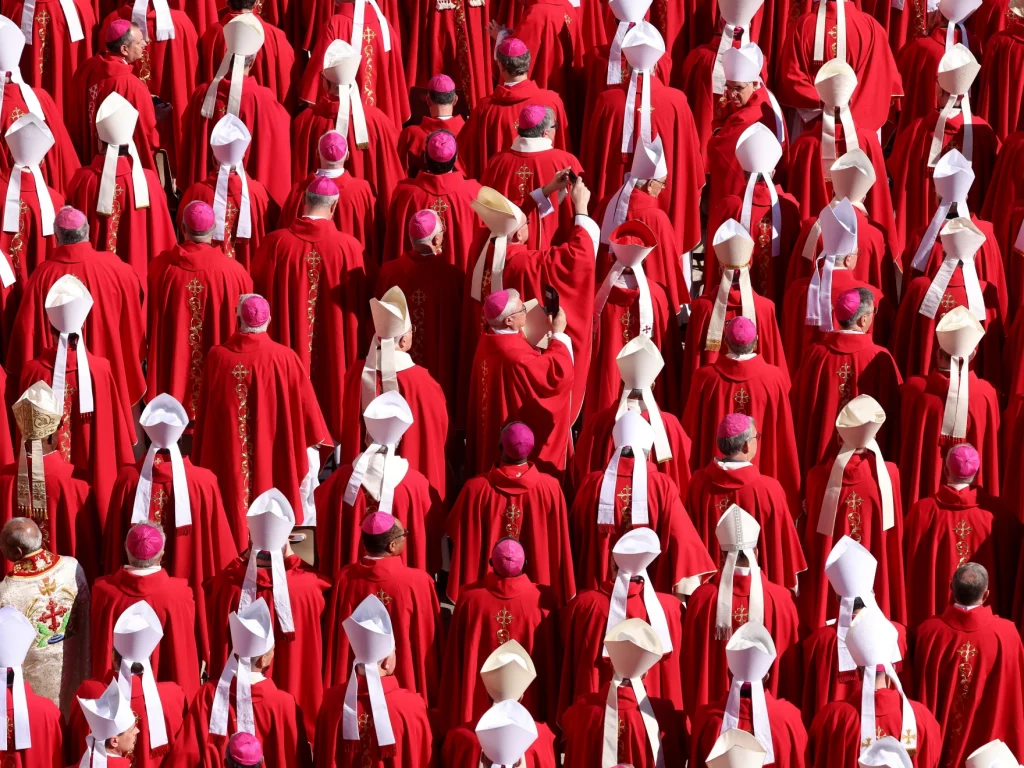
The consequent conclave, which began on 7 May elected Robert Francis Prevost as Francis’s successor, who took the papal name Leo XIV, and was inaugurated on 18 May.
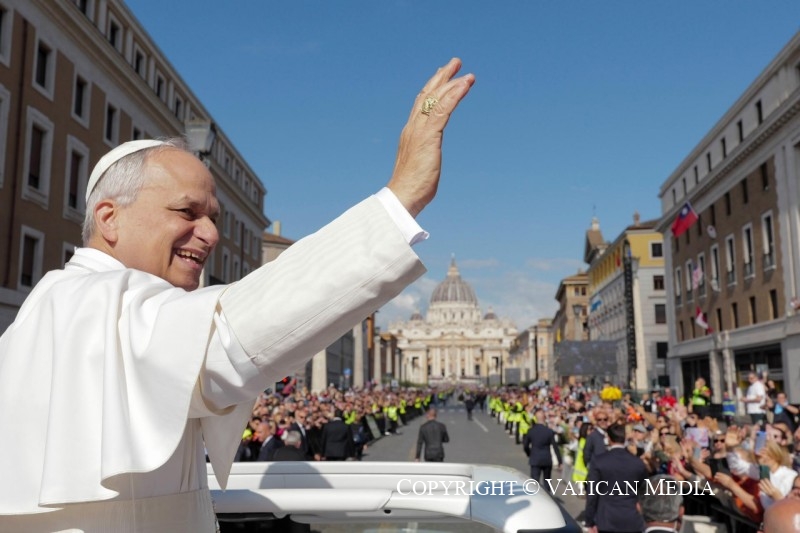
Robert Francis Prevost, Francis’s successor, took the papal name Leo XIV.
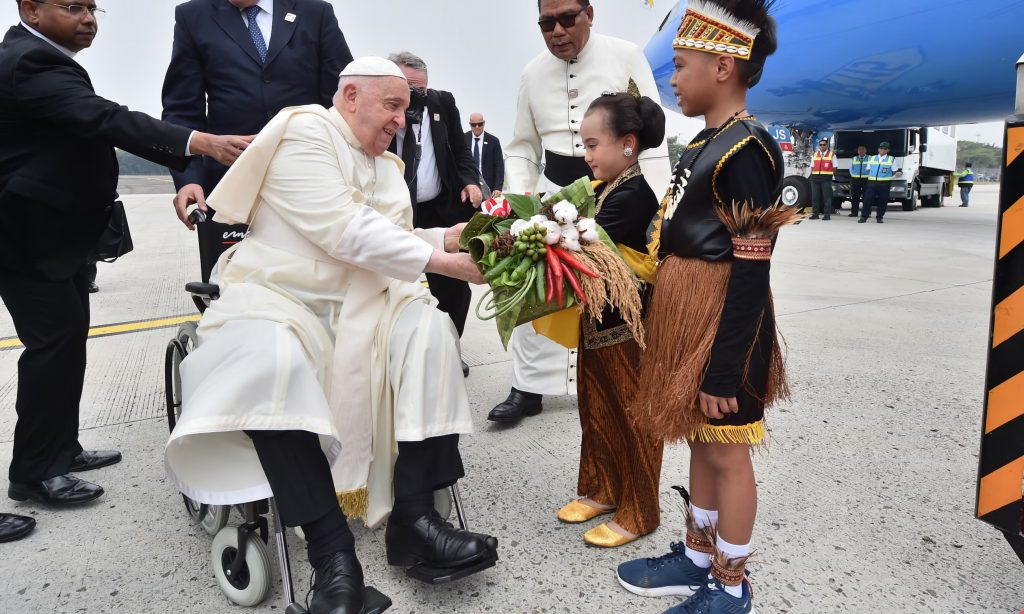
Elected in 2013 at the age of 76, Francis was then reported to be healthy despite having suffered from chronic lung damage, due in part to the lung excision he had as a young man. His doctors had said the lung tissue removed then would not significantly affect his health. The only concern would be decreased respiratory reserve if he had a respiratory infection. In the last few years of his life, he was prone to bouts of influenza and bronchitis in the winter. Knee problems and sciatica had prompted him to frequently use a wheelchair, walker, or cane.
In 2021, Francis’s health problems prompted rumours that he might resign, which Francis dismissed. However, Francis confirmed in 2022 that he had prepared a resignation letter in the first year of his pontificate, in the event he needed to abdicate his position due to illness “impeding his work” as pope. The sealed letter was given to Tarcisio Bertone, the Cardinal Secretary of State at the time.
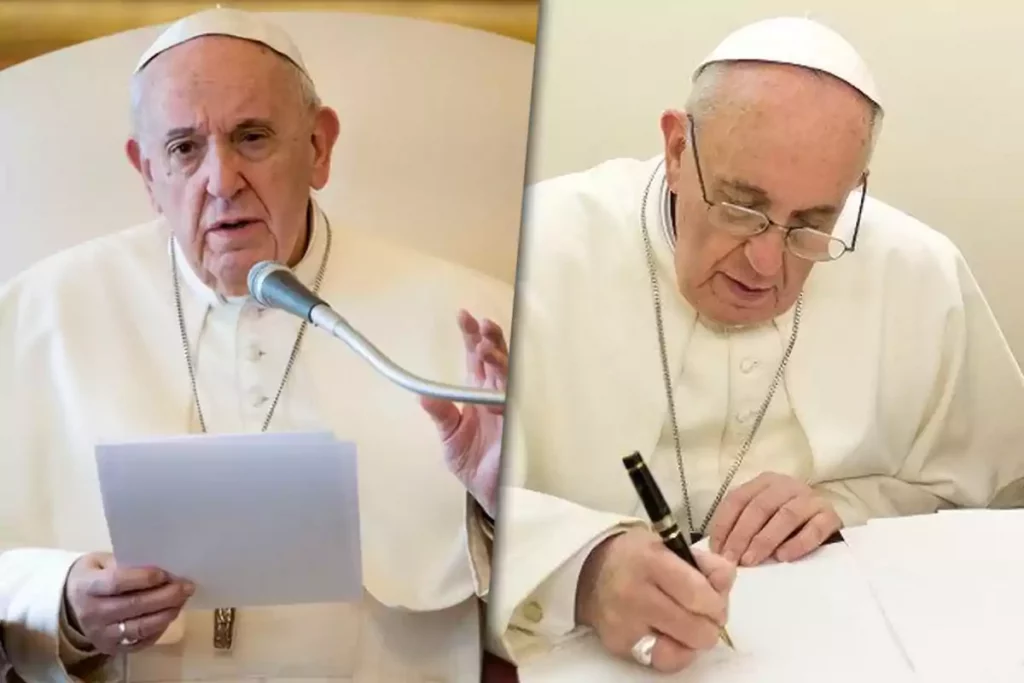
Pope Francis Left a Signed Resignation Letter: What It Says and When He Wrote It. Pope Francis signed his resignation in case an illness prevents him from governing, but he says his papacy is for life.

Display case showing a zucchetto worn by the Pope at the Altar of the Kings in the Mexico City Metropolitan Cathedral. The zucchetto was a gift after his visit to the temple in 2016.
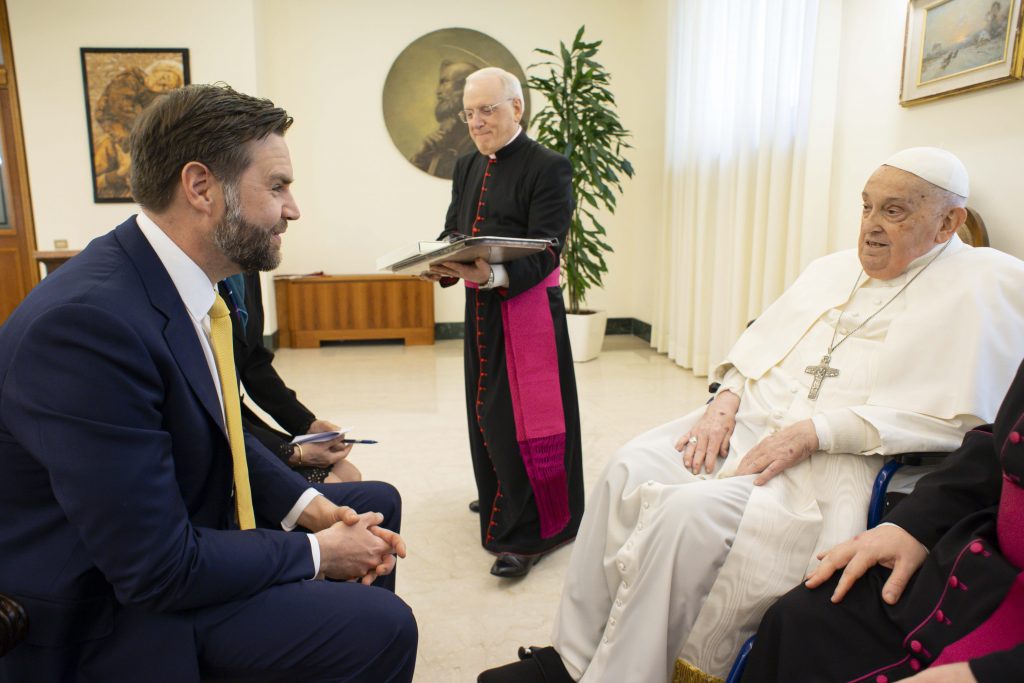
On Easter Sunday, 20 April, Francis met with United States Vice President JD Vance to exchange Easter greetings.
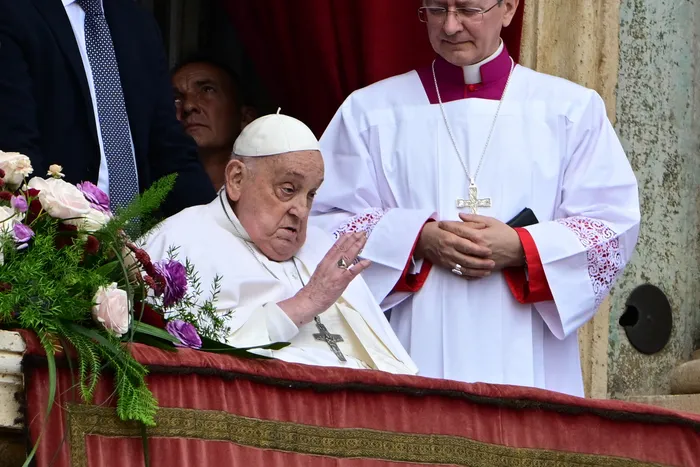
Francis delegated the traditional Easter Mass to Cardinal Angelo Comastri, but made a public appearance to personally bestow the Urbi et Orbi blessing, and to meet people in his popemobile in Saint Peter’s Square.
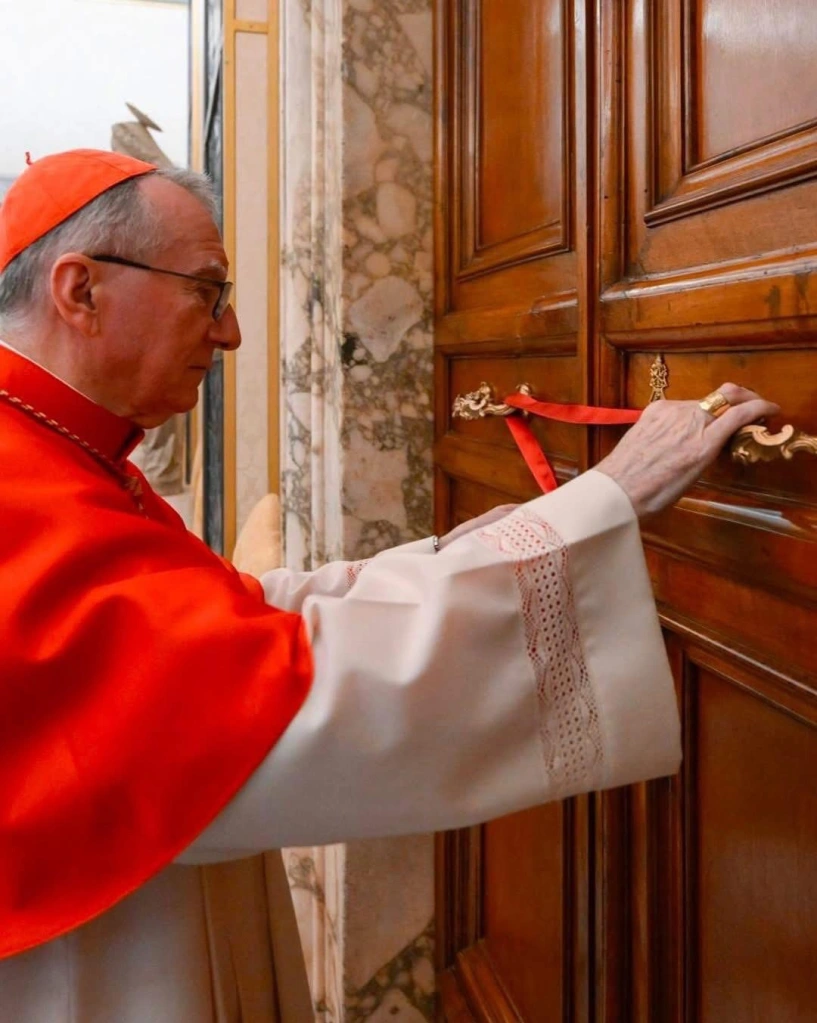
The Papal apartments at the Apostolic Palace, and the personal apartment of Pope Francis at Domus Sanctae Marthae, were later sealed by the Cardinal Camerlengo
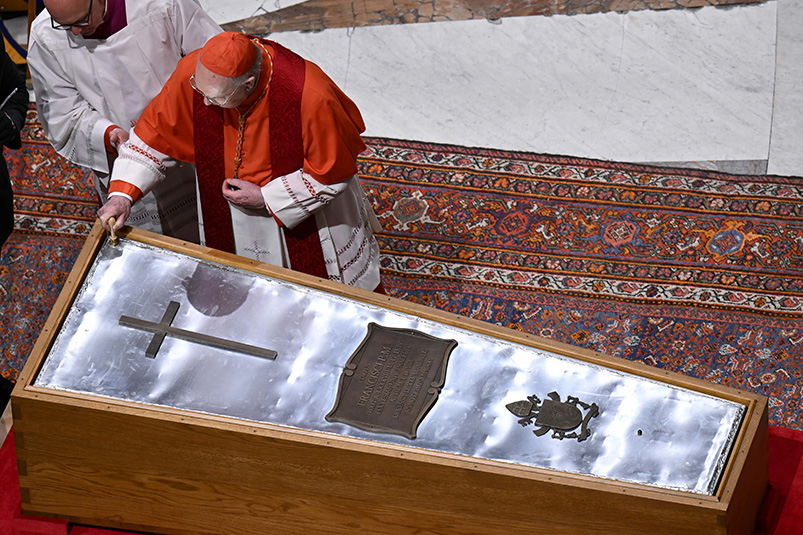
U.S. Cardinal Kevin J. Farrell, chamberlain of the Holy Roman Church, places a seal on the zinc cover of Pope Francis’ casket as it is sealed during a prayer service in St. Peter’s Basilica at the Vatican April 25, 2025. (CNS photo/Vatican Media)
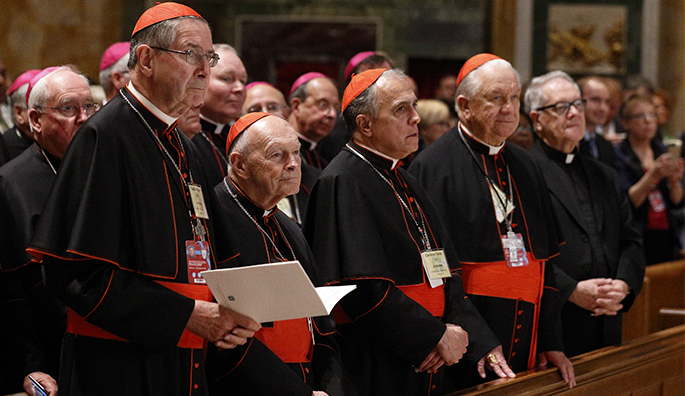
On 25 April, Francis’s coffin was sealed during a liturgical rite which began an hour after the lying in state ended. Controversy broke out after Roger Mahony, the former Archbishop of Los Angeles who was relieved of his office in 2013 due to alleged mishandling of clerical sexual abuse, played a role in the ceremonies as the senior cardinal-priest in Rome, closing the lid of the papal coffin.

While Mahony was benched by LA’s Archbishop José Gómez over allegations of covering up abuse, the cardinal was soon after declared to be in good standing in the archdiocese, “with full rights to celebrate the Holy Sacraments of the Church and to minister to the faithful without restriction.”
The “clarification” from Gomez reportedly came after Vatican intervention on Mahony’s behalf.
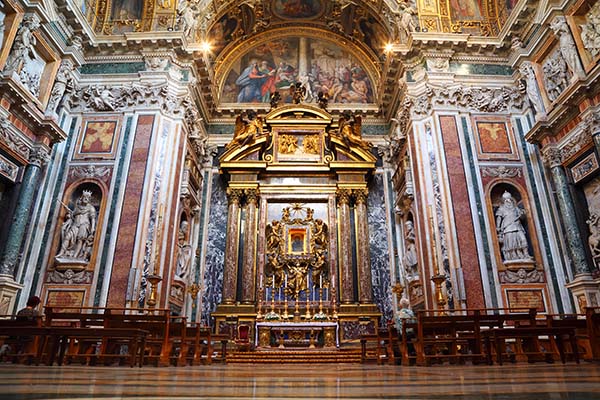
.Following his death, Francis’s spiritual testament, dated 29 June 2022, was released, revealing his wish to be buried at the Basilica of Santa Maria Maggiore, specifically “in the burial niche in the side aisle between the Pauline Chapel (Chapel of the Salus Populi Romani) and the Sforza Chapel of the Basilica.”] His statement ended: “May the Lord grant a fitting reward to all those who have loved me and who continue to pray for me. The suffering that has marked the final part of my life, I offer to the Lord, for peace in the world and for fraternity among peoples.”
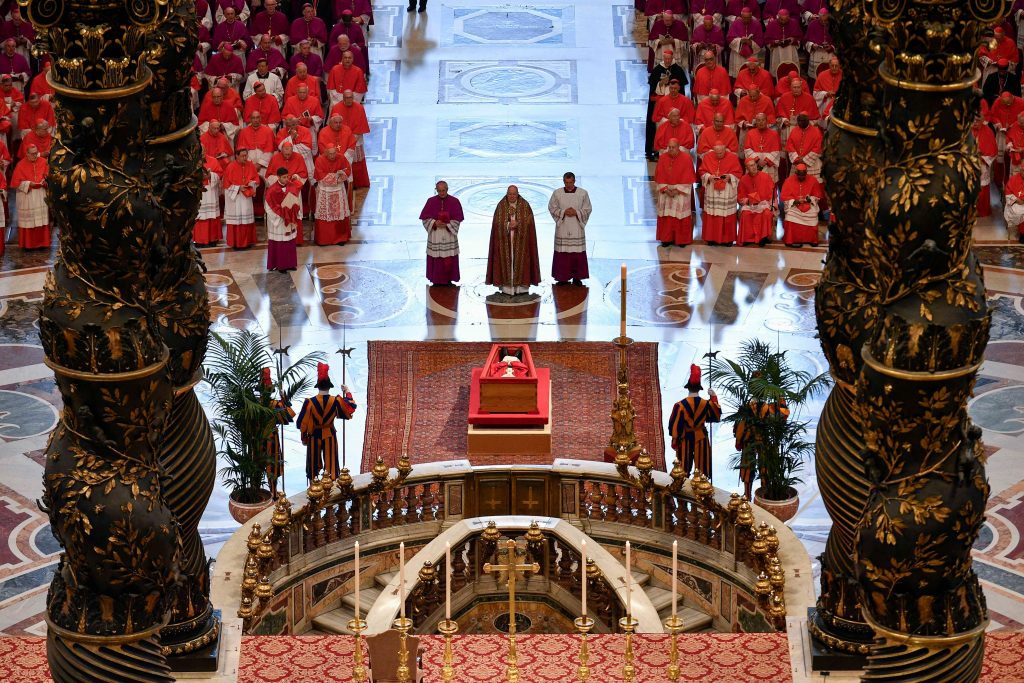
Proceedings began with the Camerlengo, Kevin Farrell, presiding over the rite of ascertainment of death in the papal chapel. Francis approved plans to simplify the rubrics of the Ordo Exsequiarum Romani Pontificis, the liturgical book detailing the rites of a papal funeral. He opted for a basic wooden coffin lined with zinc and ended the tradition of popes being buried in three coffins (cypress, lead, and elm) and wanted the placing of the pope’s body on a raised platform for public viewing.
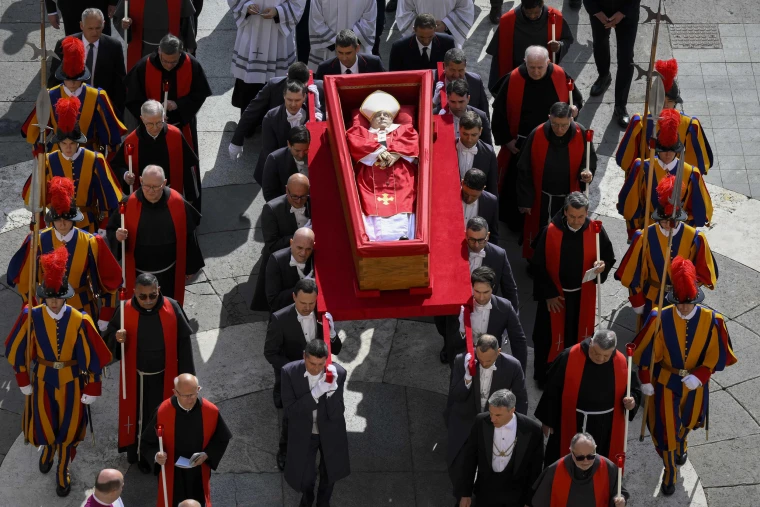
Procession of the body of Pope Francis with his coffin carried by papal gentlemen while being guarded by Franciscans and Swiss Guards
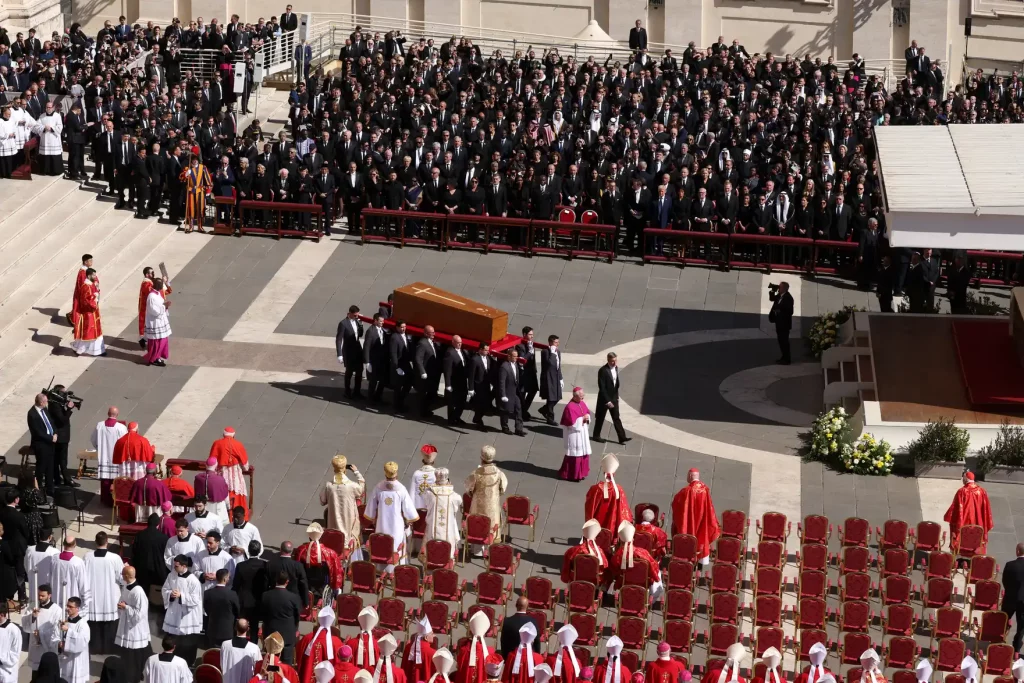
The Mass of Requiem took place on 26 April at 10:00, led by the Dean of the College of Cardinals, Cardinal Giovanni Battista Re. Roughly 130 foreign delegations were confirmed at the funeral by the Vatican, including several prominent world leaders and heads of state.
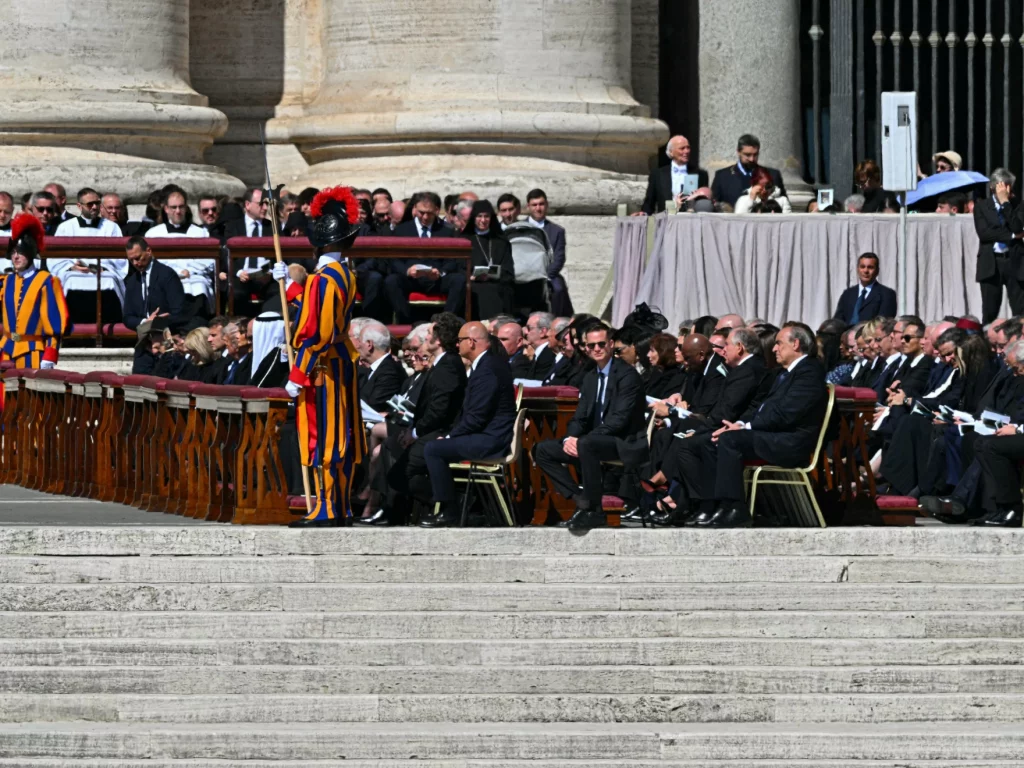
St. Peter’s Square during the funeral. National dignitaries are seated at the top-right, with cardinals and bishops on the opposite side. Other Catholic clergy members are seated at the bottom
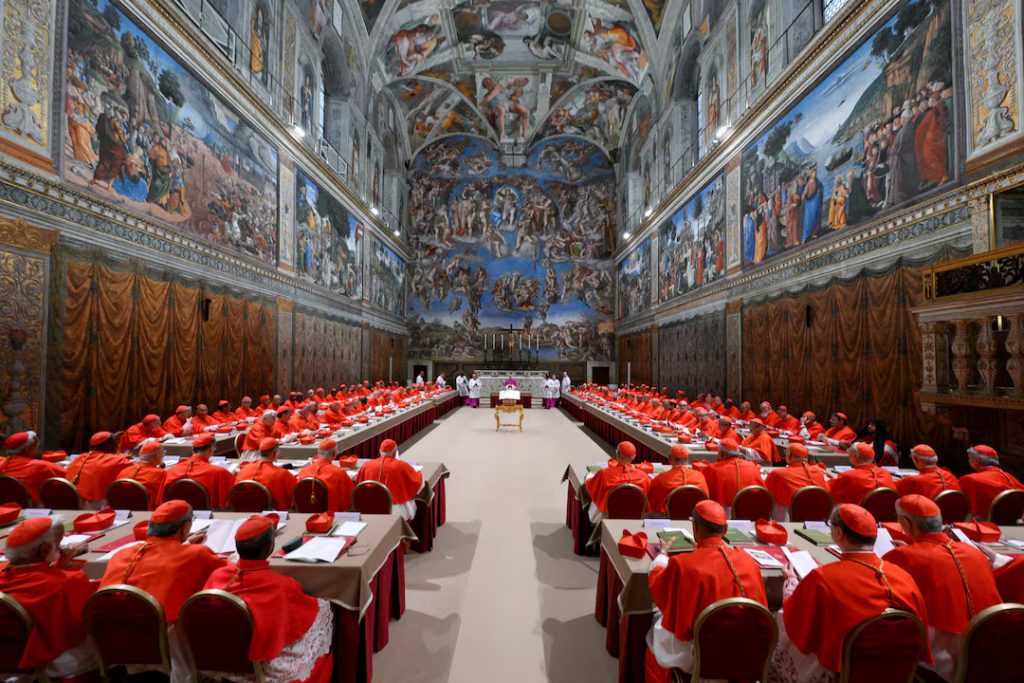
On 28 April, one week after his death, it was confirmed that the 2025 papal conclave to elect Francis’s successor would convene on 7 May. On 8 May 2025, Robert Francis Prevost was elected as Francis’s successor after four rounds of voting, taking the papal name Pope Leo XIV.
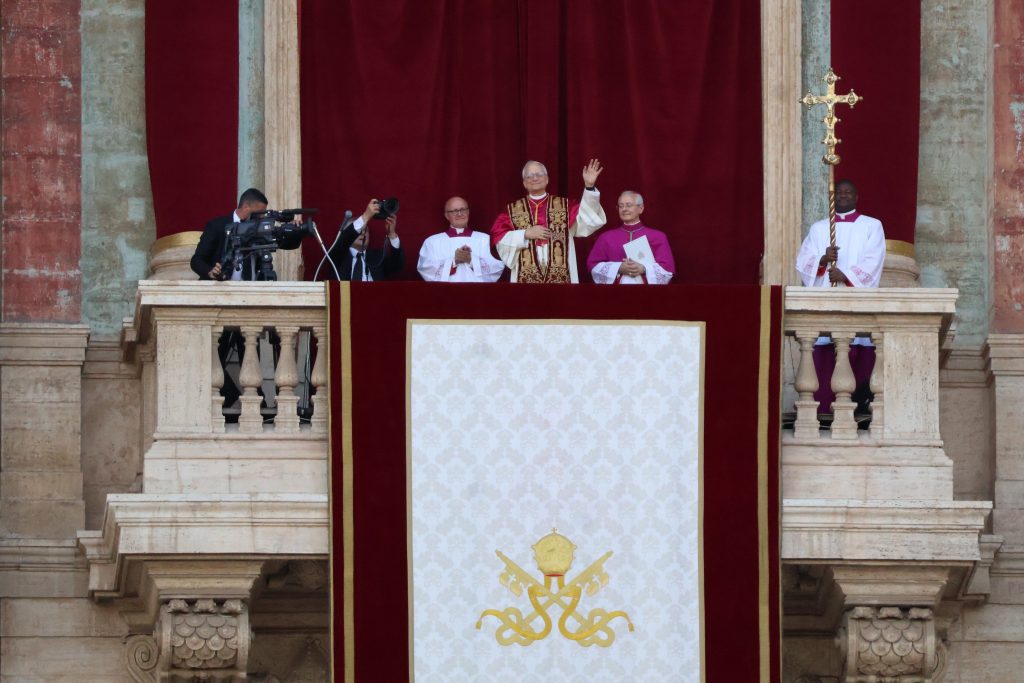
On 8 May 2025, Robert Francis Prevost was elected as Francis’s successor after four rounds of voting, taking the papal name Pope Leo XIV.
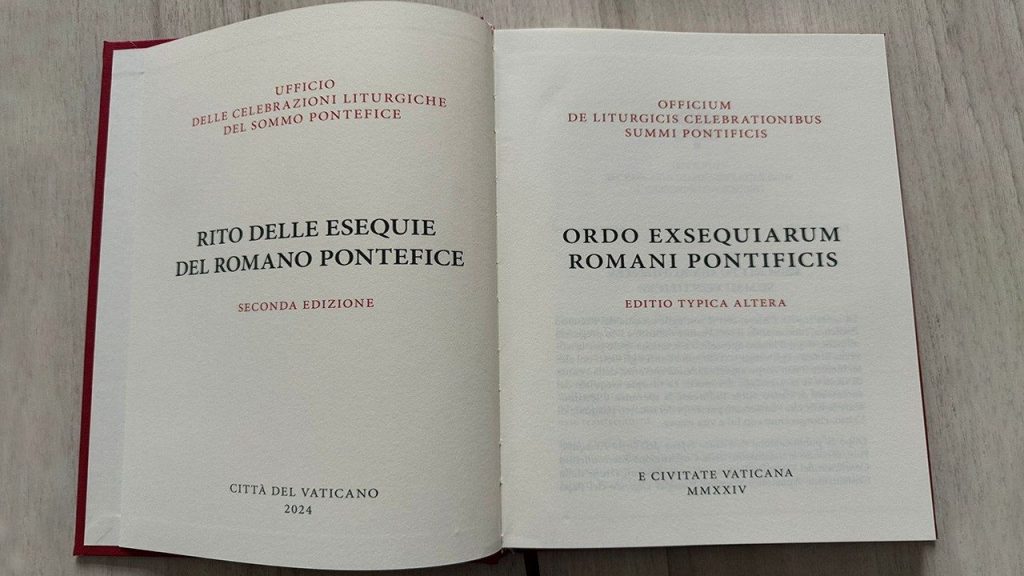
The Ordo Exsequiarum Romani Pontificis (Rite of Burial of the Roman Pontiff) is a liturgical book which contains the rites preceding and during the Catholic funerary liturgy for a Bishop of Rome, the pope of the Catholic Church.
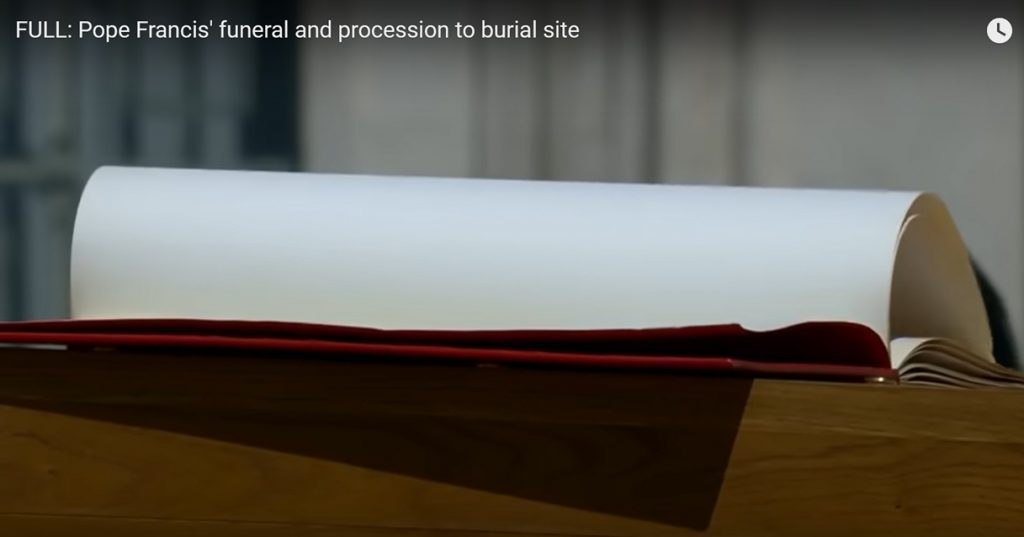
A text summarising the pope’s life (rogitum) was placed in his coffin.
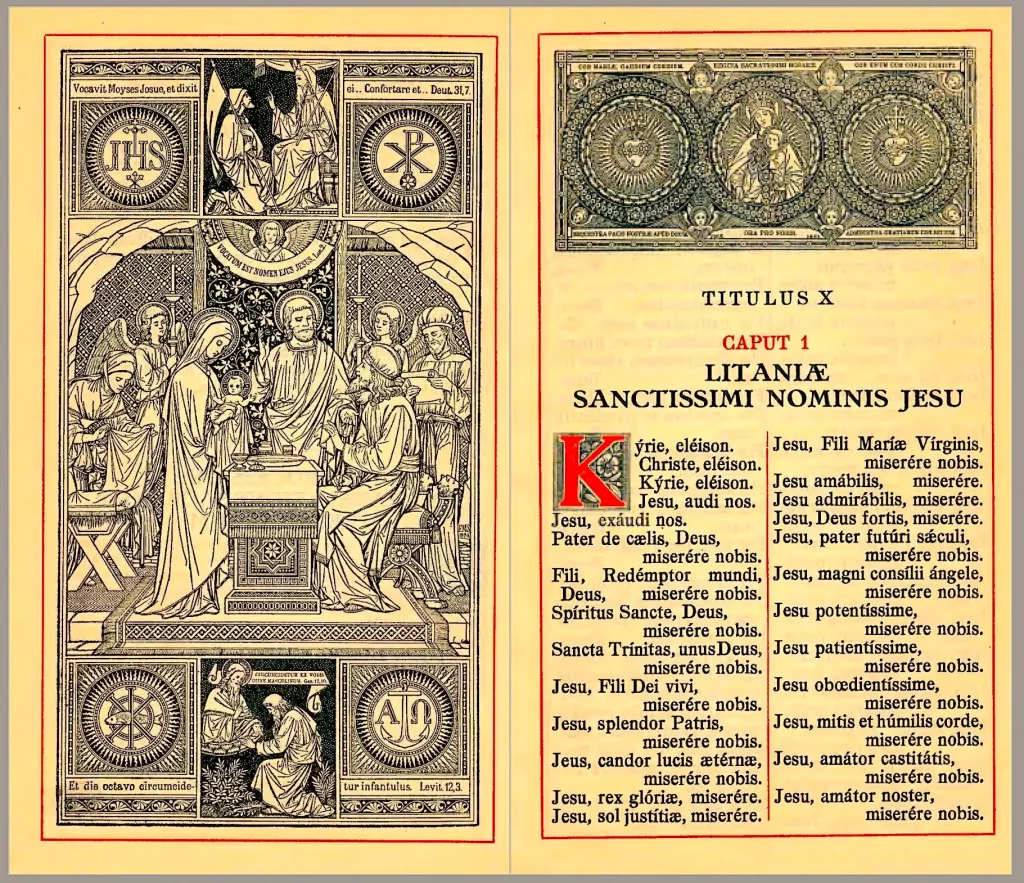
The Litany of the Saints was sung.
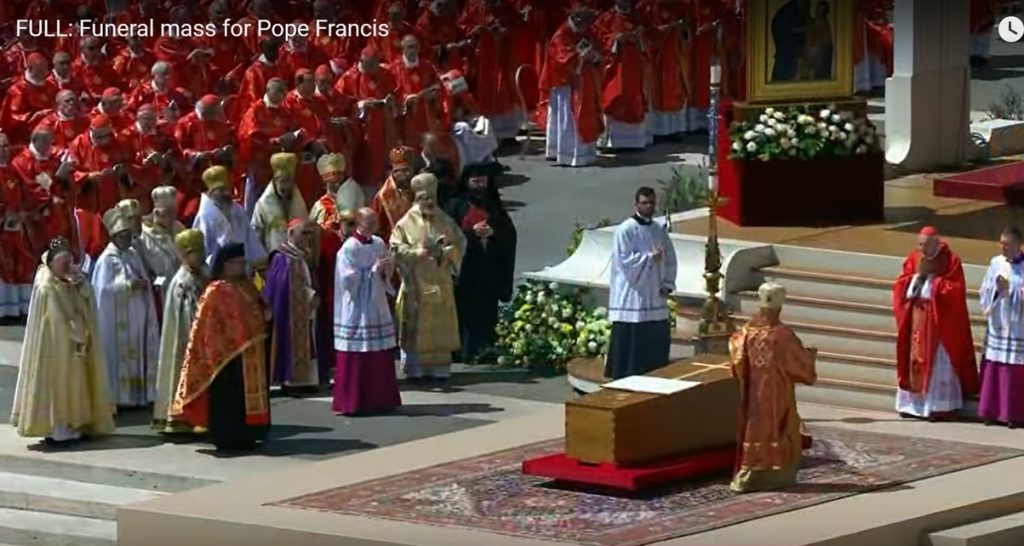
Patriarchs, archbishops, and metropolitans of the Eastern Catholic Churches stood beside the coffin for the Supplicatio Ecclesiae Orientalium (formerly Officio Defectorum). This prayer from the Byzantine liturgy asks for God’s mercy, the forgiveness of sins, and a heavenly resting place for the deceased pontiff. and patriarchs also incensed the coffin.
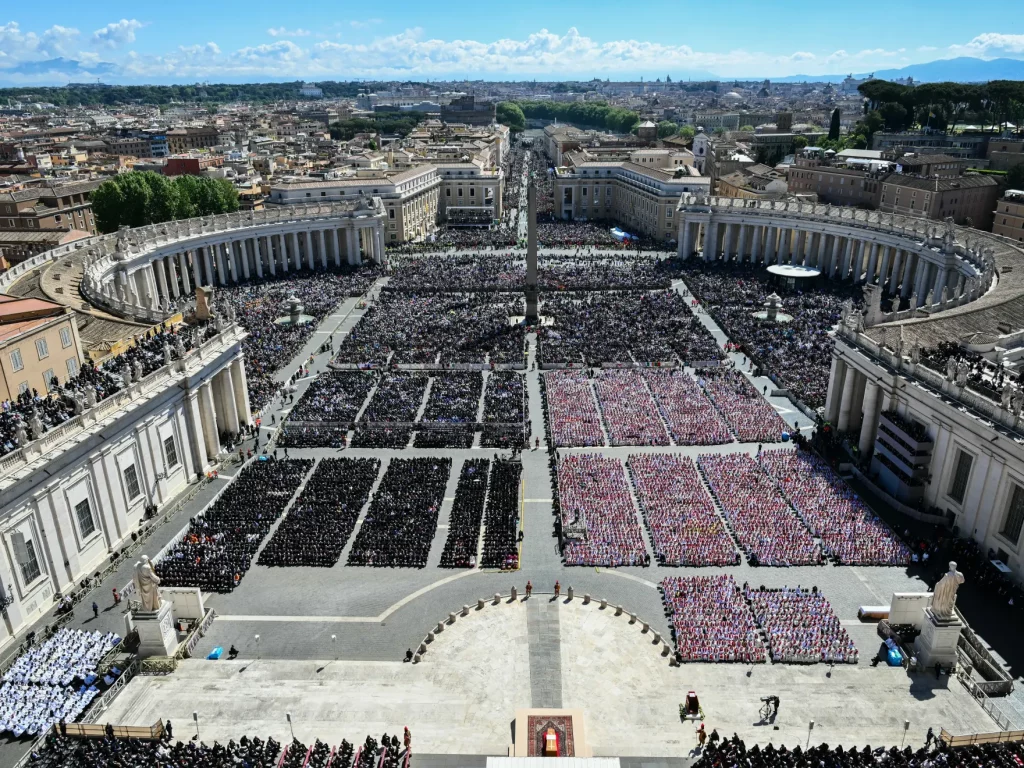
Around 250,000 people were estimated to have attended the funeral Mass at St. Peter’s Square, while 140,000 lined up to see the funeral procession in Rome.
The funeral Mass also began a nine-day mourning period, known as the novendiales, during which the cardinals will concelebrate Mass in Francis’s memory. The Office for the Liturgical Celebrations of the Supreme Pontiff released the schedule and the list of cardinals who will officiate the Masses for the novendiales.
With the pope’s passing, the Vatican enters a period of mourning known as the Novendiales—nine days of prayer and liturgical rites. The Bronze Door at St. Peter’s Basilica is shut, Vatican flags are lowered to half-staff, and all high-ranking officials in the Holy See lose their positions, according to EWTN. Only two remain: the camerlengo, who ensures the Church continues to function, and the Major Penitentiary, who safeguards the Church’s mission of offering the forgiveness of sins.
The Novendiales also include funeral rites celebrated each day by cardinals in Rome. During this time up, until the fourth to sixth day after his death, the pope’s body will remain in St. Peter’s Basilica. Barring any extraordinary circumstances, the pope’s funeral must take place between the fourth and sixth day.
During the Novendiales, Masses around the world are offered for the repose of the pontiff’s soul.
The word Novendiales comes from the Latin word for “nine,” which is “novem,” and the Latin word for “days,” which is “dies”.
The conclave – the gathering of cardinals to select the next pope – must begin between the 16th and 21st day after the Holy Father’s passing.

Pope Francis’ funeral Mass details published in full
https://www.vatican.va/news_services/liturgy/libretti/2025/20250426-libretto-esequie-sepoltura.pdf
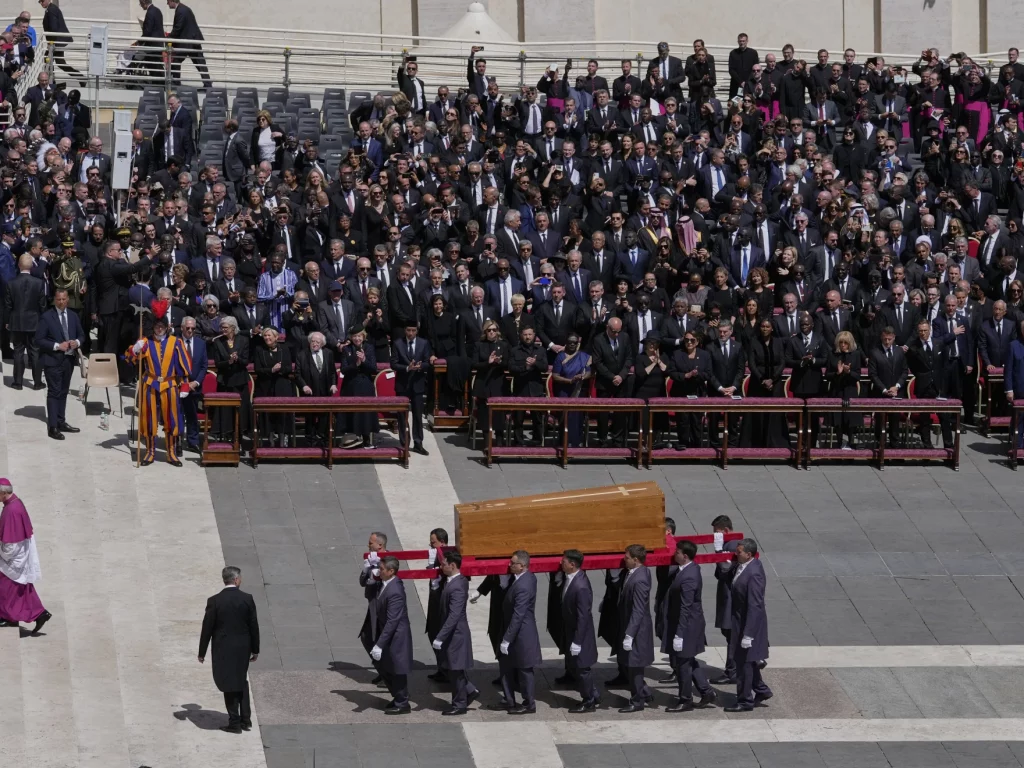
The designed seating order at the funeral was based on a division in classes by type of dignitary (reigning monarchs, non-royal heads of state, heads of government, etc.). Within each class, the arrangement was organized according to the alphabetical order of the official French names of the dignitaries’ home countries, as French is seen as the main language of international diplomacy. An exception was made for the presidents of Argentina (Javier Milei), Francis’s native country, and Italy (Sergio Mattarella), who were both given precedence ahead of other dignitaries.
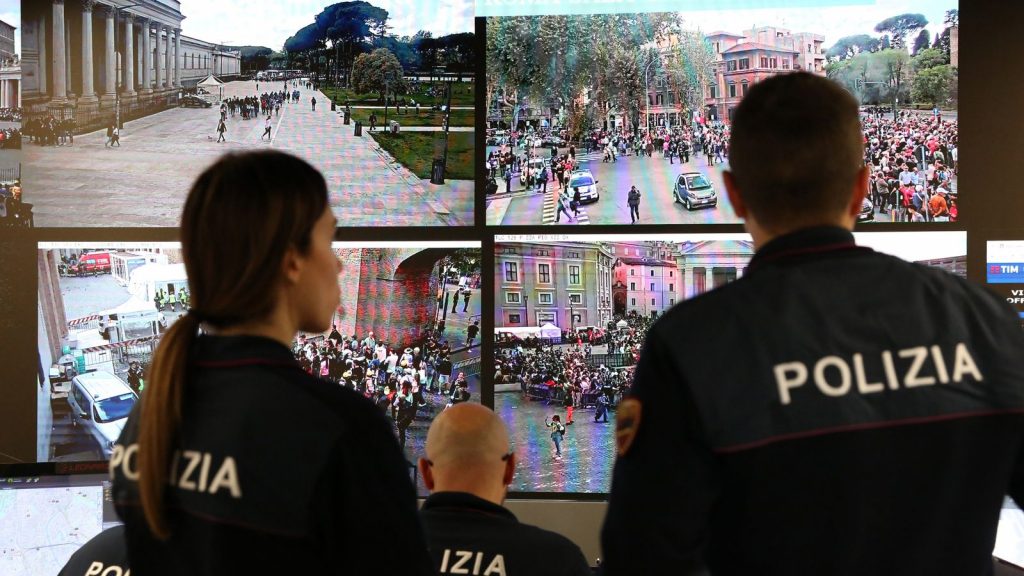
The Italian government deployed more than 2,500 police officers and 1,500 soldiers to provide security during the funeral. It also deployed a naval vessel off the coast of Rome, and placed fighter jet squadrons on standby. A no-fly zone was imposed over Rome ahead of the funeral.
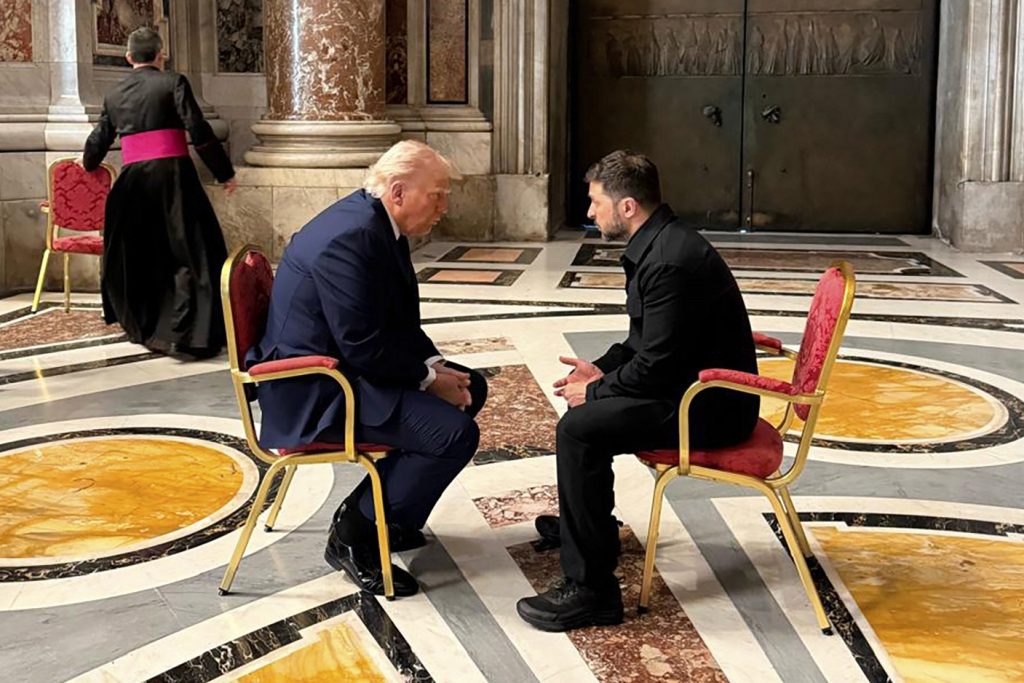
The funeral offered a chance for “brush-by” diplomatic encounters between leaders, including US President Donald Trump and Ukrainian President Volodymyr Zelenskyy, who met at St. Peter’s Basilica ahead of the funeral.
As the wooden and zinc coffin[99] was carried up the stairs of the Basilica, 40 mourners from the poorest and most marginalized communities – including prisoners on day release, human trafficking victims, transgender women, migrants, sex workers, and homeless people – greeted the coffin.
On 27 April, the Second Sunday of Easter, members of the College of Cardinals visited Pope Francis’s tomb, where they said the evening Second Vespers prayer. During the 12th general congregation of the College of Cardinals on 6 May 2025, Pope Francis’s fisherman’s ring and lead seal were destroyed.
Following Francis’s death, many political and religious leaders across the world offered condolences and paid tribute. Several countries also declared periods of national mourning for Pope Francis.